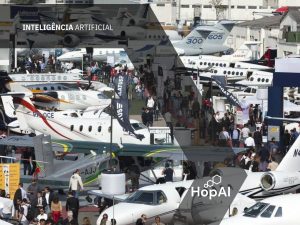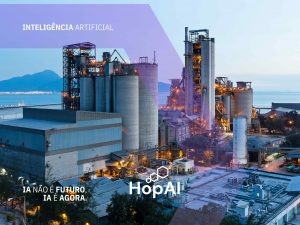Use cases of artificial intelligence are exceptionally increasing, and machine learning models are everywhere, in the banking sector, education, health, and our homes. One of the major challenges we face in these projects is enhancing the model, and a key issue is its performance, as deployment makes little sense if the model is not accurate enough for various scenarios.
AI algorithm optimization involves adjusting the settings of our models to find the ideal combination that minimizes errors and maximizes the algorithm’s capacity to make more precise predictions. Currently, various approaches can be applied in the model optimization process, and we’ll discuss some of the most common ones:
- Efficient Algorithms: The simplest way to try to improve the performance of a model is to replace it with a more efficient one that can solve the same task. This means testing other algorithm families on our problem and choosing the one that shows better results.
- Pre-processing and Dimensionality Reduction: The quality of the data used strongly influences the accuracy and generalization capability of the model. Applying techniques such as data cleaning, normalization, noise removal, among others, can improve the quality of the results obtained by the algorithm. Additionally, reducing dimensionality can decrease the complexity of the problem, which will also contribute to performance improvement.
- Hyperparameter Optimization: Another way to enhance the model is to search for the best hyperparameters, either manually or through grid search or Bayesian optimization techniques. Hyperparameters are the characteristics of the algorithms that we define before training and are crucial for performance, so choosing the best set can lead you to the best model.
- Gradient Descent: A very popular algorithm for model optimization is gradient descent, which involves interactively finding the parameter values that will minimize the model’s errors.
- Genetic Algorithms: Genetic algorithm is another approach used for model optimization. The principle is to apply the theory of evolution to machine learning, where among various models, those that best fit our problem “survive.” And from this group, we can generate a second generation of better models.
- Transfer Learning: Another interesting approach is to leverage the knowledge acquired by models already trained on similar tasks, rather than training a model from scratch. In addition to saving training time, we can improve the performance of the algorithm in new tasks.
In this post, we mention only some of the techniques that can be used in AI algorithm optimization. This is a complex, continuous task that involves searching for better characteristics, intelligent choice of algorithms, and is crucial for the lifespan of our models, as it is directly related to performance, efficiency, and precision of applications that use these algorithms.




